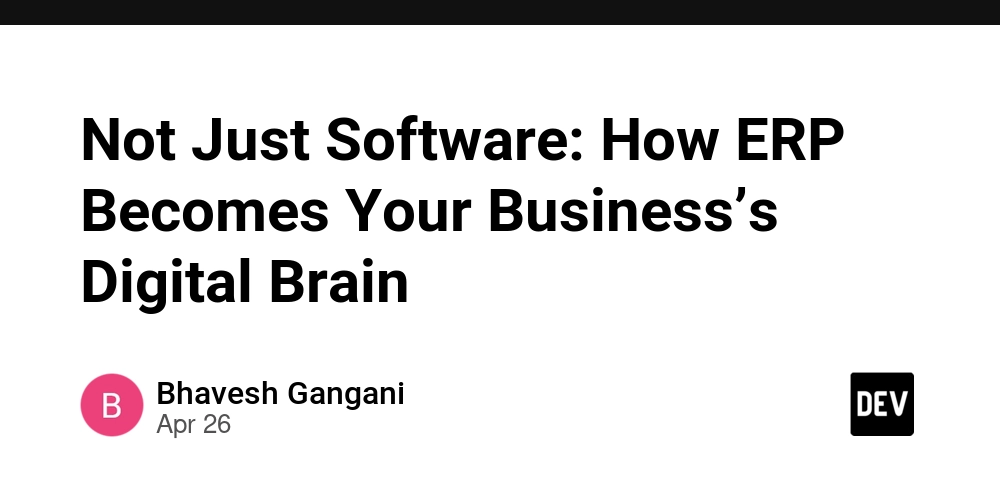The AI-Powered Development Revolution: Transforming Teamwork with Copilot Agent Mode and MCP Server
Prologue AI is rapidly reshaping the landscape of software development. GitHub Copilot has evolved far beyond a simple assistant-it’s becoming a true partner in team-based projects. The combination of Agent Mode and MCP Server, in particular, is elevating collaboration between humans and AI to unprecedented heights. In this article, I’ll dive deep into how this dynamic duo can fundamentally transform your development workflow. Copilot Agent Mode × MCP Server: How AI Truly Integrates Into Development The Power of Agent Mode Copilot’s Agent Mode does much more than just suggest or complete code. With this mode enabled, AI can autonomously handle code modifications, debugging, and even testing. Anyone using VS Code (version 1.99 or later) can access these features. Whether it’s refactoring across multiple files or automating tests, developers simply give directions-and the AI takes care of the heavy lifting with optimal efficiency. The Role of MCP Server Model Context Protocol (MCP) acts as a universal connector, making it as easy to link AI with external tools as plugging in a USB device. GitHub MCP Server leverages this protocol, enabling AI to automatically create and summarize issues and pull requests, and even generate code based on issue content. With a simple Docker setup, Copilot and MCP Server together can accelerate AI adoption in any development environment. Task Breakdown and Issue Creation: Unlocking AI’s Full Potential Ever asked Copilot to “implement a feature” and ended up with disappointing code? The quality of AI output hinges on the clarity and granularity of the information you provide. This is where “task breakdown” and “issue creation” become game-changers. Start by asking the AI, “What tasks are needed to implement this feature?” and let it break the work into detailed steps. Have the AI automatically register this task list as GitHub issues (handled via MCP Server). From there, simply instruct the AI to “write code based on this issue,” ensuring it has all the context needed for high-quality results. With this approach, the AI clearly understands what needs to be built and how, allowing both humans and AI to move forward with confidence and clarity. In Practice: A New Development Cycle with AI Let the AI break down tasks into actionable steps Automatically register these as GitHub issues Have the AI implement each step, referencing the relevant issues This process dramatically reduces off-target code generation. At each stage, humans can review and provide feedback, ensuring quality is maintained. If requirements change midstream, adjustments can be made at the issue level, allowing for flexible pivots. Real Benefits and Practical Challenges of This Approach Benefits Task breakdown and issue creation significantly boost AI’s understanding and code quality. Issue-based workflows make team communication and task handoff seamless. Automated issue management and referencing by AI streamline and automate the development process. Challenges Requesting each step from the AI can increase overall time spent. However, compared to the time lost fixing failed one-shot code generations, this structured approach proves efficient in real-world scenarios. Epilogue We’ve entered an era where AI is truly becoming a member of the development team. The synergy between Copilot Agent Mode and MCP Server goes beyond simple automation, enabling a new style of collaboration where AI and humans work as equals. As AI tools continue to evolve, this workflow stands out as a cutting-edge best practice-one you should definitely consider trying in your own projects. https://weeybrid.co.jp/
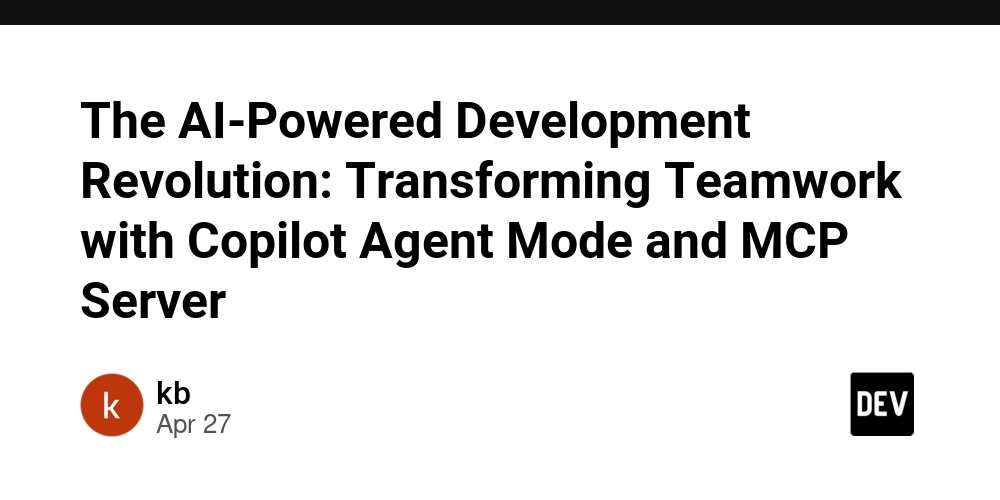
Prologue
AI is rapidly reshaping the landscape of software development. GitHub Copilot has evolved far beyond a simple assistant-it’s becoming a true partner in team-based projects. The combination of Agent Mode and MCP Server, in particular, is elevating collaboration between humans and AI to unprecedented heights. In this article, I’ll dive deep into how this dynamic duo can fundamentally transform your development workflow.
Copilot Agent Mode × MCP Server: How AI Truly Integrates Into Development
The Power of Agent Mode
Copilot’s Agent Mode does much more than just suggest or complete code. With this mode enabled, AI can autonomously handle code modifications, debugging, and even testing. Anyone using VS Code (version 1.99 or later) can access these features. Whether it’s refactoring across multiple files or automating tests, developers simply give directions-and the AI takes care of the heavy lifting with optimal efficiency.
The Role of MCP Server
Model Context Protocol (MCP) acts as a universal connector, making it as easy to link AI with external tools as plugging in a USB device. GitHub MCP Server leverages this protocol, enabling AI to automatically create and summarize issues and pull requests, and even generate code based on issue content. With a simple Docker setup, Copilot and MCP Server together can accelerate AI adoption in any development environment.
Task Breakdown and Issue Creation: Unlocking AI’s Full Potential
Ever asked Copilot to “implement a feature” and ended up with disappointing code?
The quality of AI output hinges on the clarity and granularity of the information you provide. This is where “task breakdown” and “issue creation” become game-changers.
- Start by asking the AI, “What tasks are needed to implement this feature?” and let it break the work into detailed steps.
- Have the AI automatically register this task list as GitHub issues (handled via MCP Server).
- From there, simply instruct the AI to “write code based on this issue,” ensuring it has all the context needed for high-quality results.
With this approach, the AI clearly understands what needs to be built and how, allowing both humans and AI to move forward with confidence and clarity.
In Practice: A New Development Cycle with AI
- Let the AI break down tasks into actionable steps
- Automatically register these as GitHub issues
- Have the AI implement each step, referencing the relevant issues
This process dramatically reduces off-target code generation. At each stage, humans can review and provide feedback, ensuring quality is maintained. If requirements change midstream, adjustments can be made at the issue level, allowing for flexible pivots.
Real Benefits and Practical Challenges of This Approach
Benefits
- Task breakdown and issue creation significantly boost AI’s understanding and code quality.
- Issue-based workflows make team communication and task handoff seamless.
- Automated issue management and referencing by AI streamline and automate the development process.
Challenges
- Requesting each step from the AI can increase overall time spent.
- However, compared to the time lost fixing failed one-shot code generations, this structured approach proves efficient in real-world scenarios.
Epilogue
We’ve entered an era where AI is truly becoming a member of the development team. The synergy between Copilot Agent Mode and MCP Server goes beyond simple automation, enabling a new style of collaboration where AI and humans work as equals.
As AI tools continue to evolve, this workflow stands out as a cutting-edge best practice-one you should definitely consider trying in your own projects.






















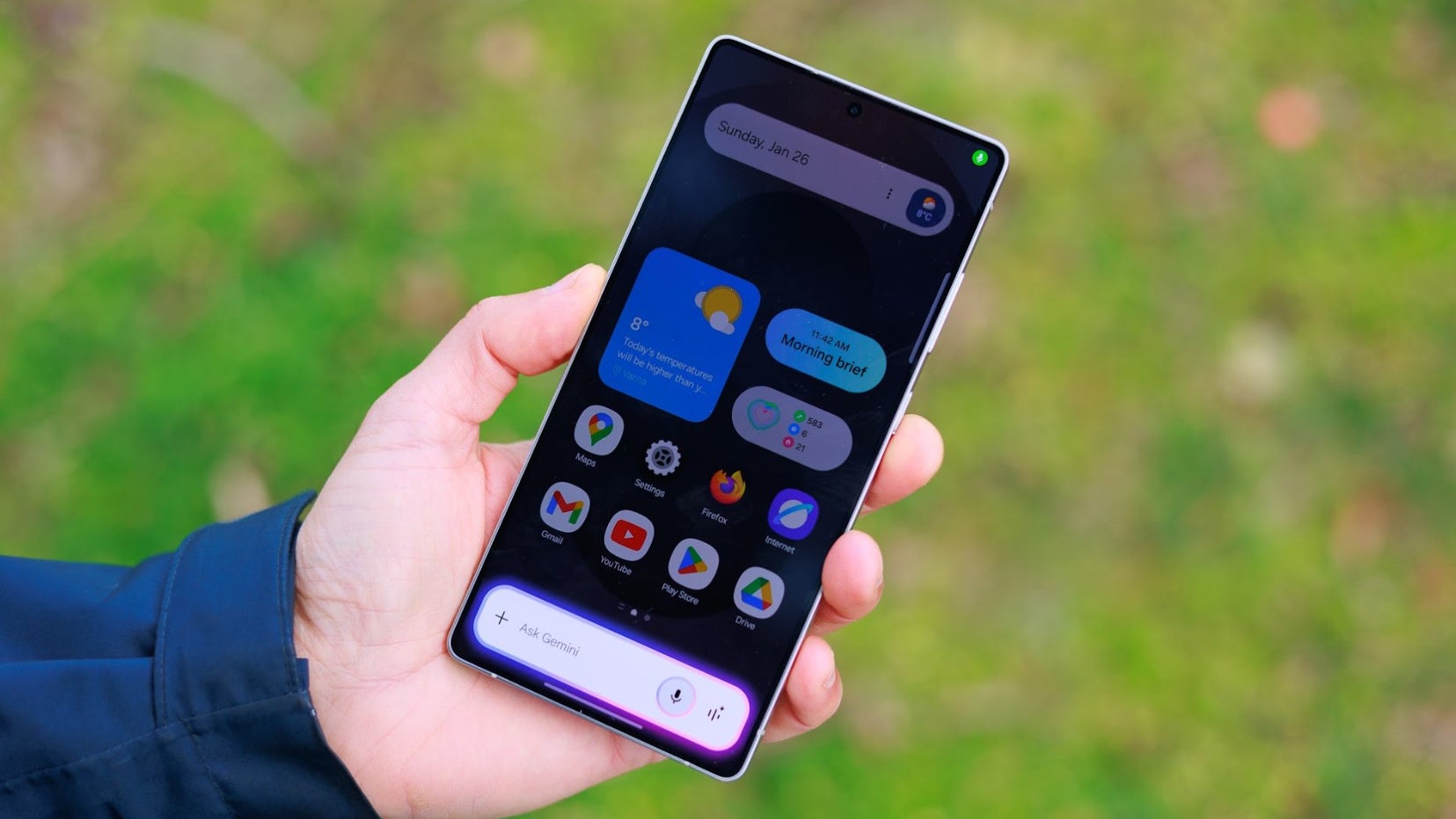







































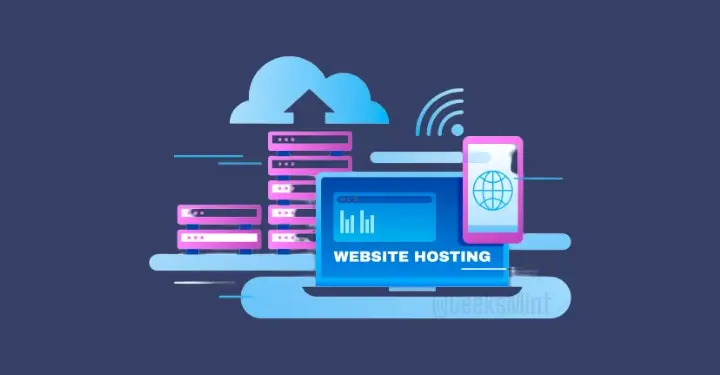








![Apple Smart Glasses Not Close to Being Ready as Meta Targets 2025 [Gurman]](https://www.iclarified.com/images/news/97139/97139/97139-640.jpg)
![iPadOS 19 May Introduce Menu Bar, iOS 19 to Support External Displays [Rumor]](https://www.iclarified.com/images/news/97137/97137/97137-640.jpg)

![Apple Drops New Immersive Adventure Episode for Vision Pro: 'Hill Climb' [Video]](https://www.iclarified.com/images/news/97133/97133/97133-640.jpg)






































































































 CISO’s Core Focus.webp?#)


_Olekcii_Mach_Alamy.jpg?width=1280&auto=webp&quality=80&disable=upscale#)


















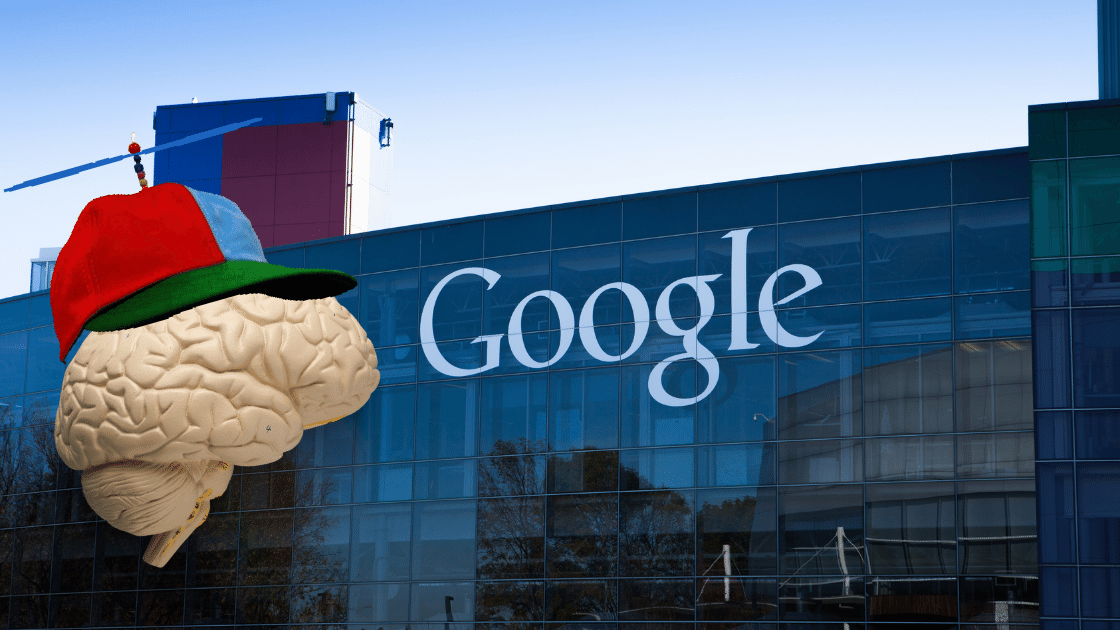



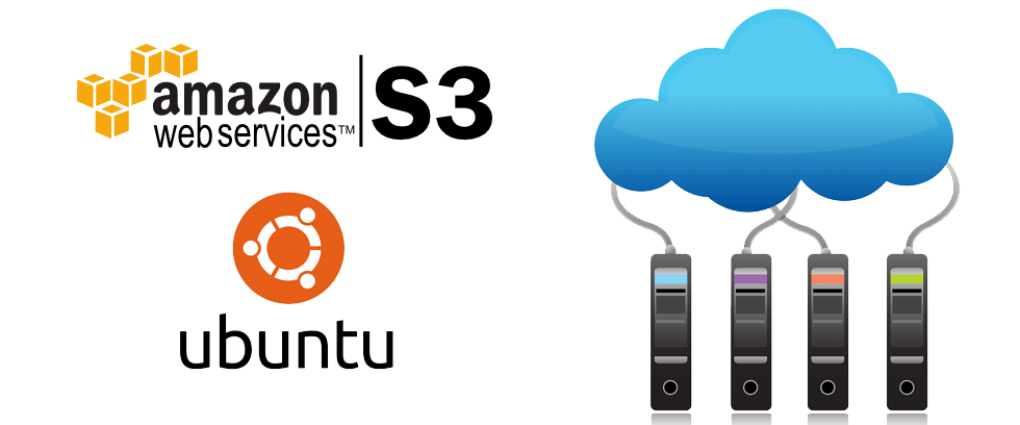
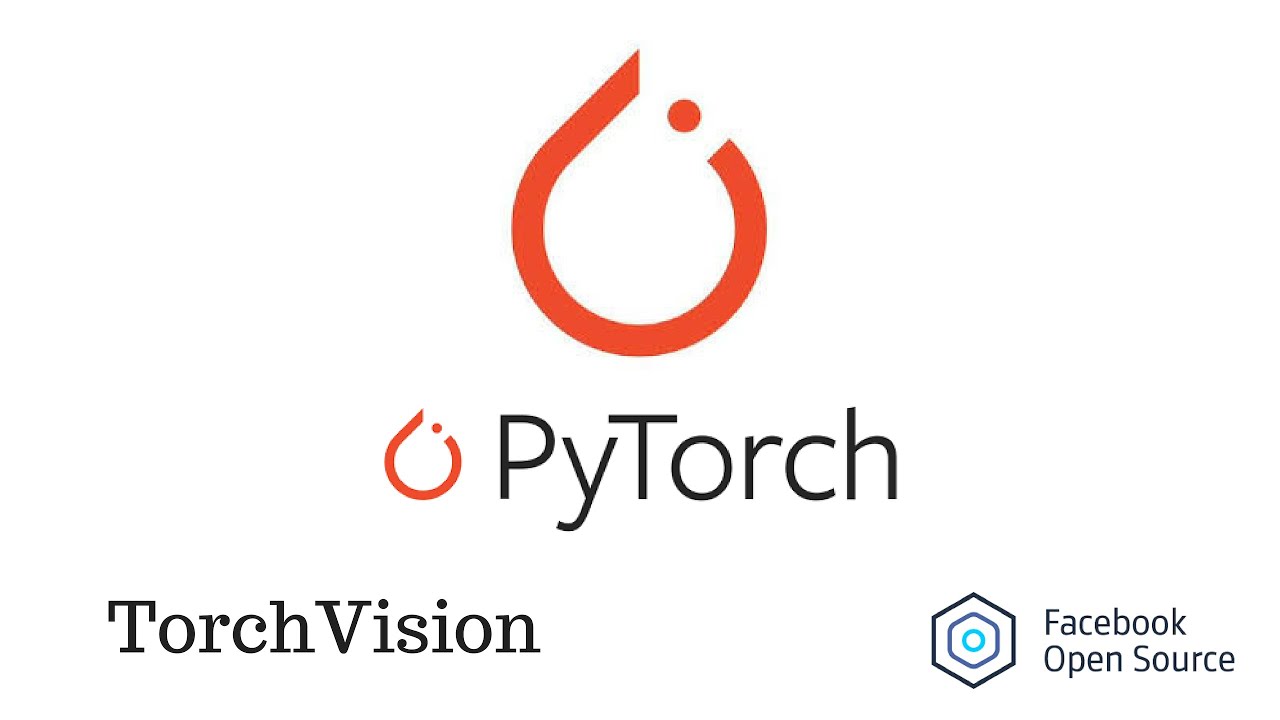






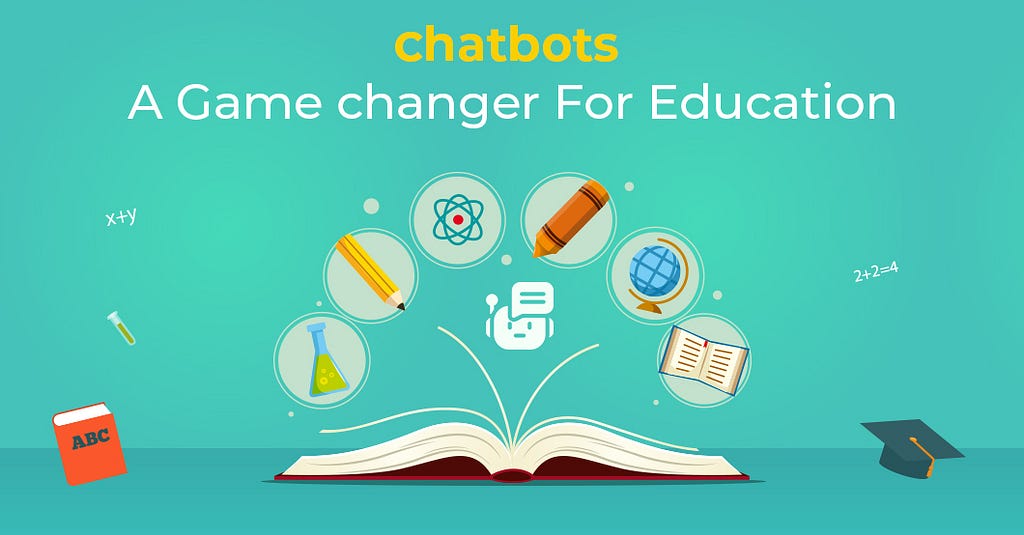
















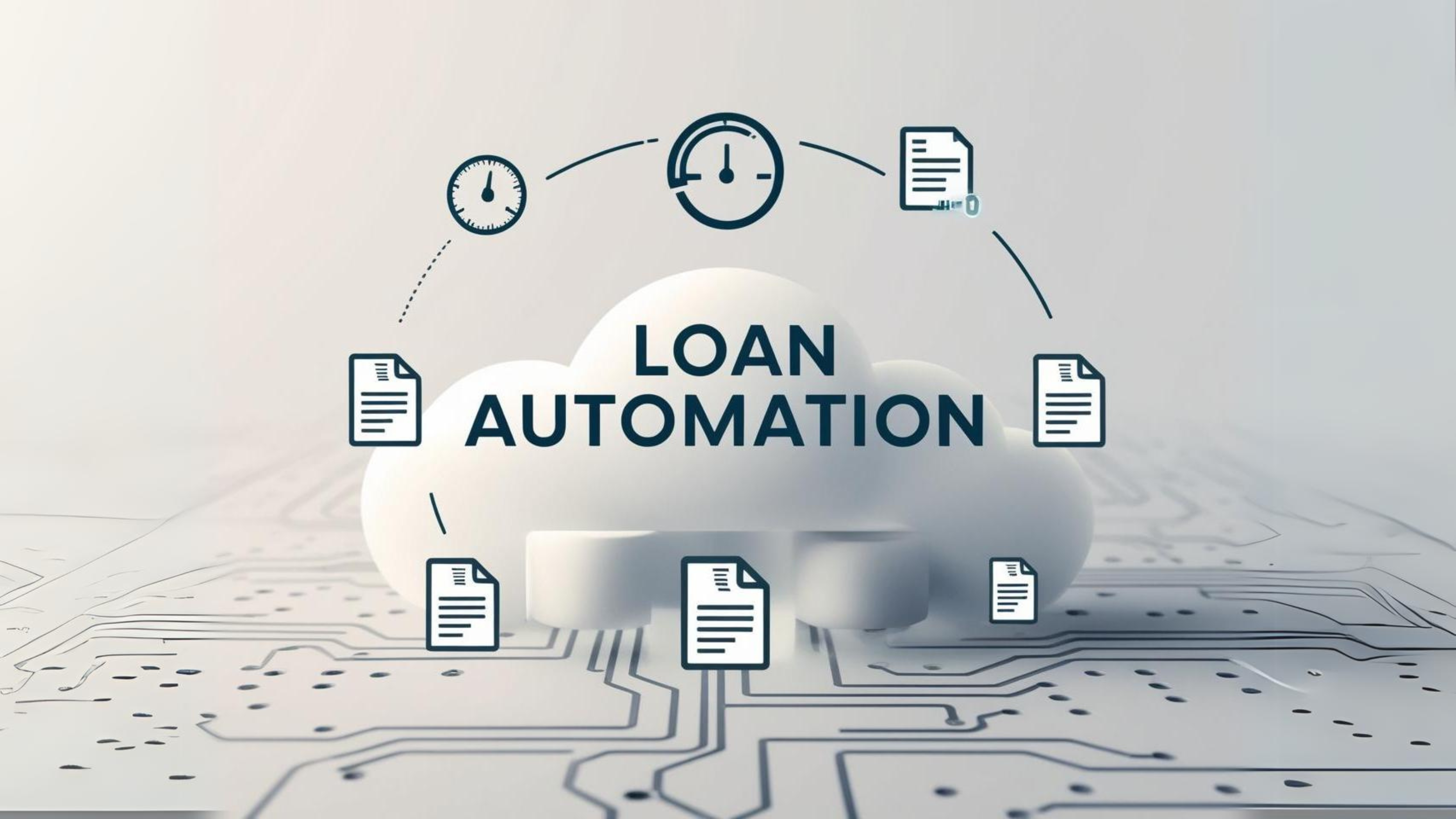
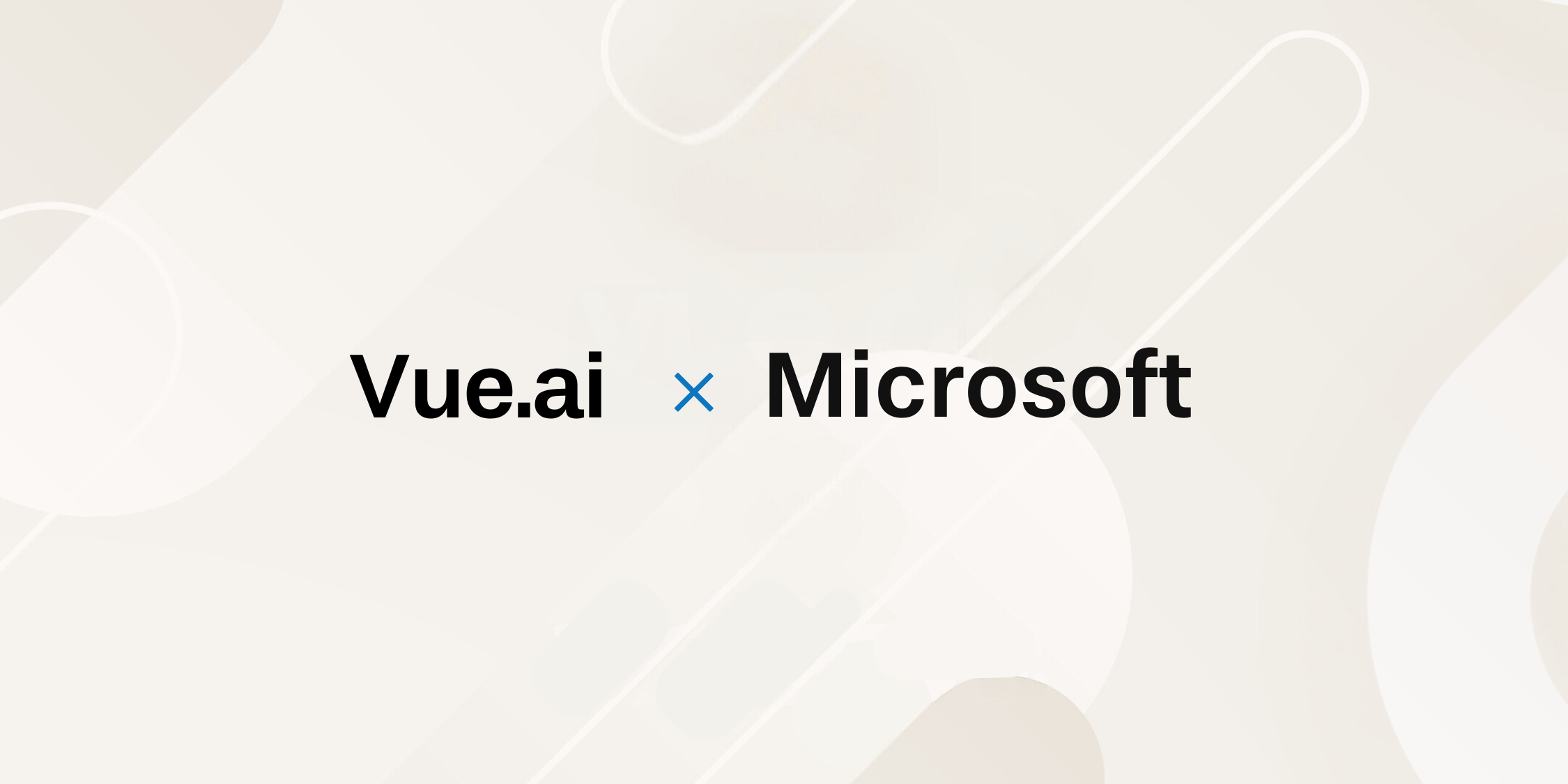


































































![[The AI Show Episode 144]: ChatGPT’s New Memory, Shopify CEO’s Leaked “AI First” Memo, Google Cloud Next Releases, o3 and o4-mini Coming Soon & Llama 4’s Rocky Launch](https://www.marketingaiinstitute.com/hubfs/ep%20144%20cover.png)











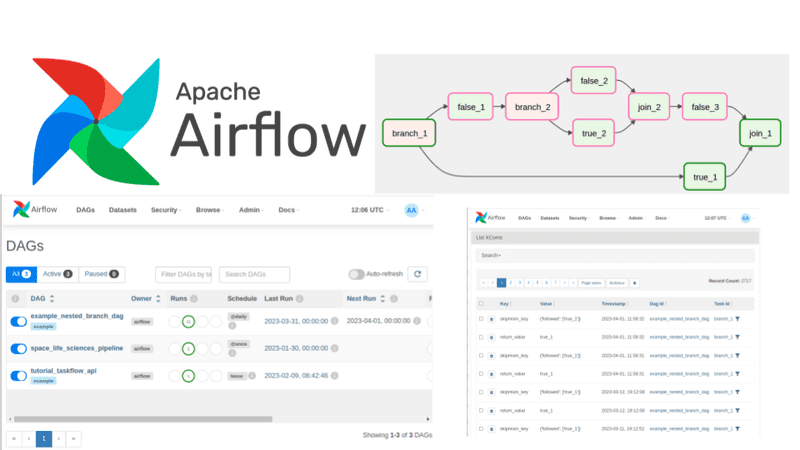
















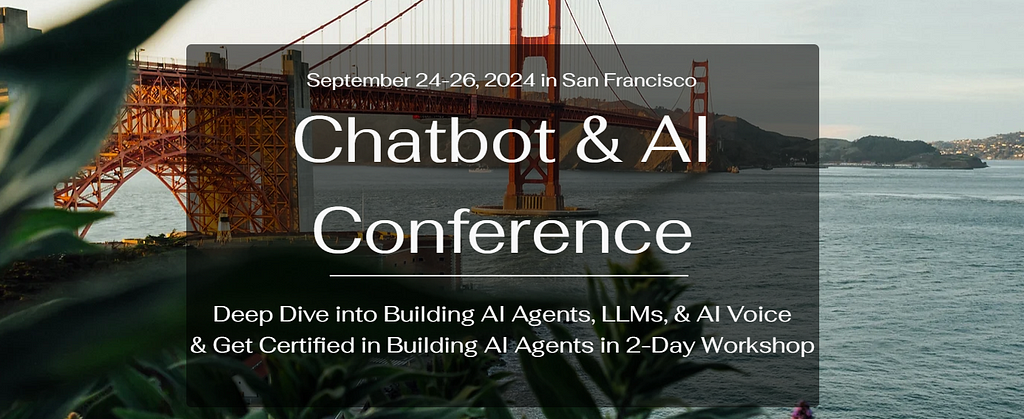


















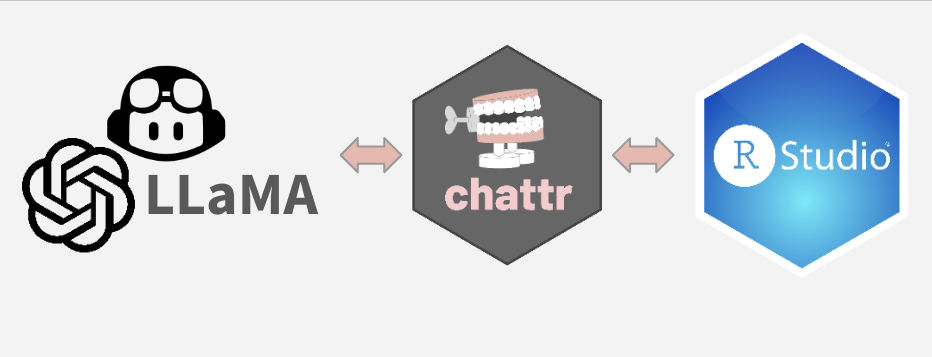
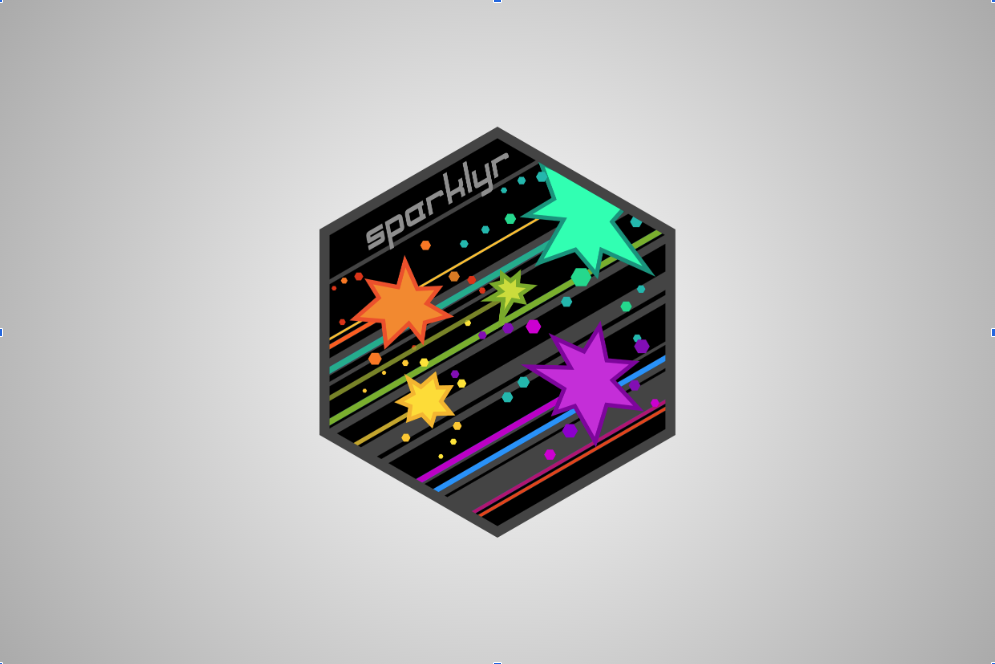













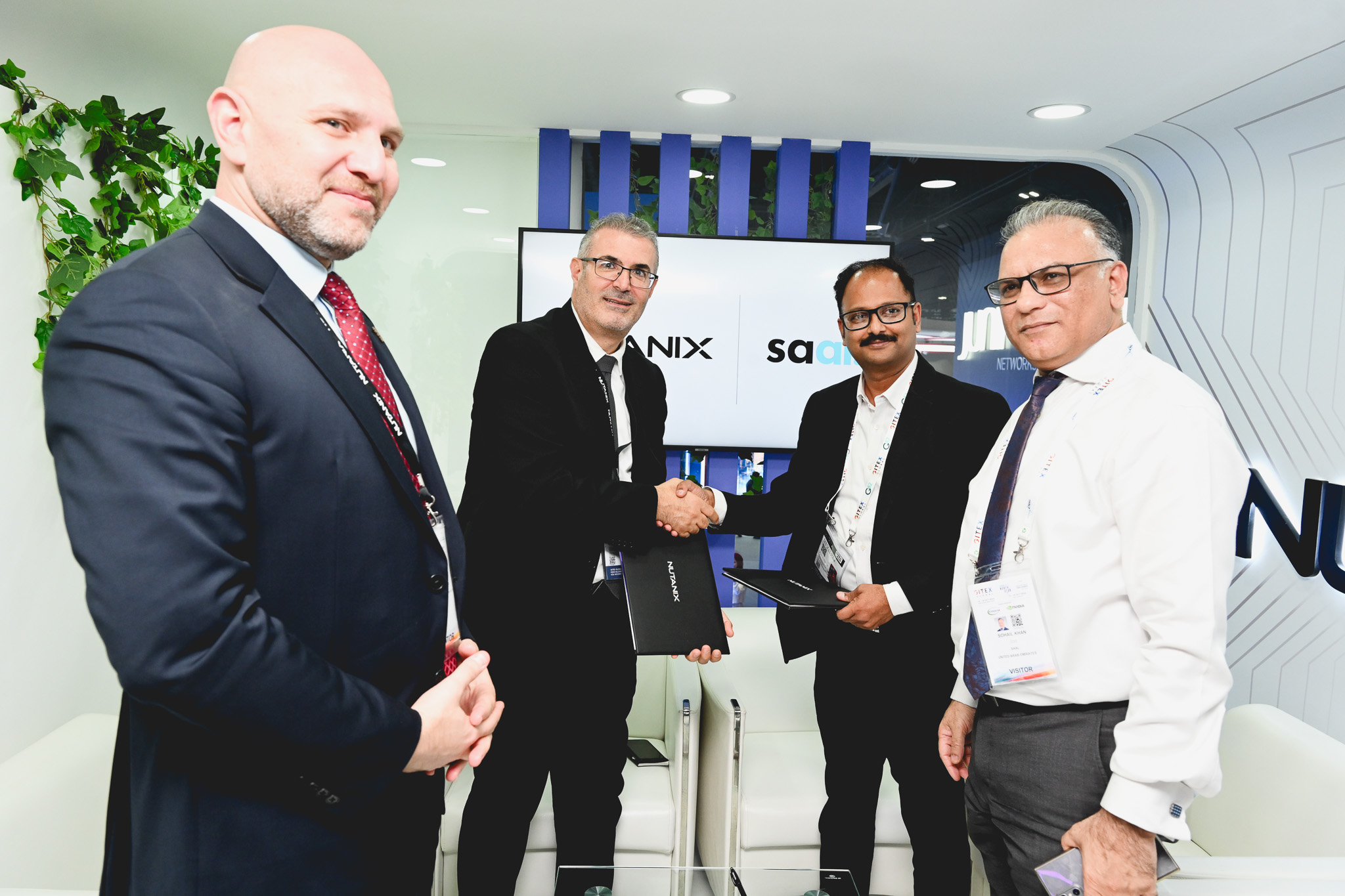























































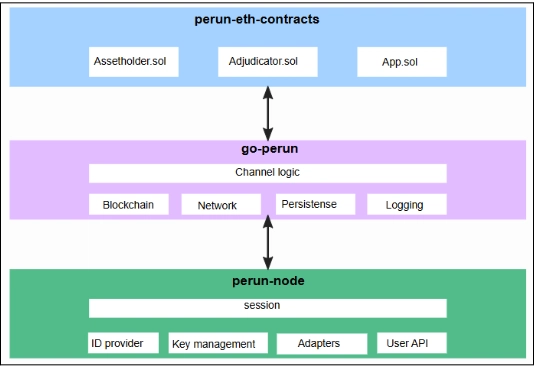














































![[DEALS] Koofr Cloud Storage: Lifetime Subscription (1TB) (80% off) & Other Deals Up To 98% Off – Offers End Soon!](https://www.javacodegeeks.com/wp-content/uploads/2012/12/jcg-logo.jpg)



























-The-Elder-Scrolls-IV-Oblivion-Remastered---Official-Reveal-00-18-14.png?width=1920&height=1920&fit=bounds&quality=70&format=jpg&auto=webp#)




























































.jpg?width=1920&height=1920&fit=bounds&quality=70&format=jpg&auto=webp#)




